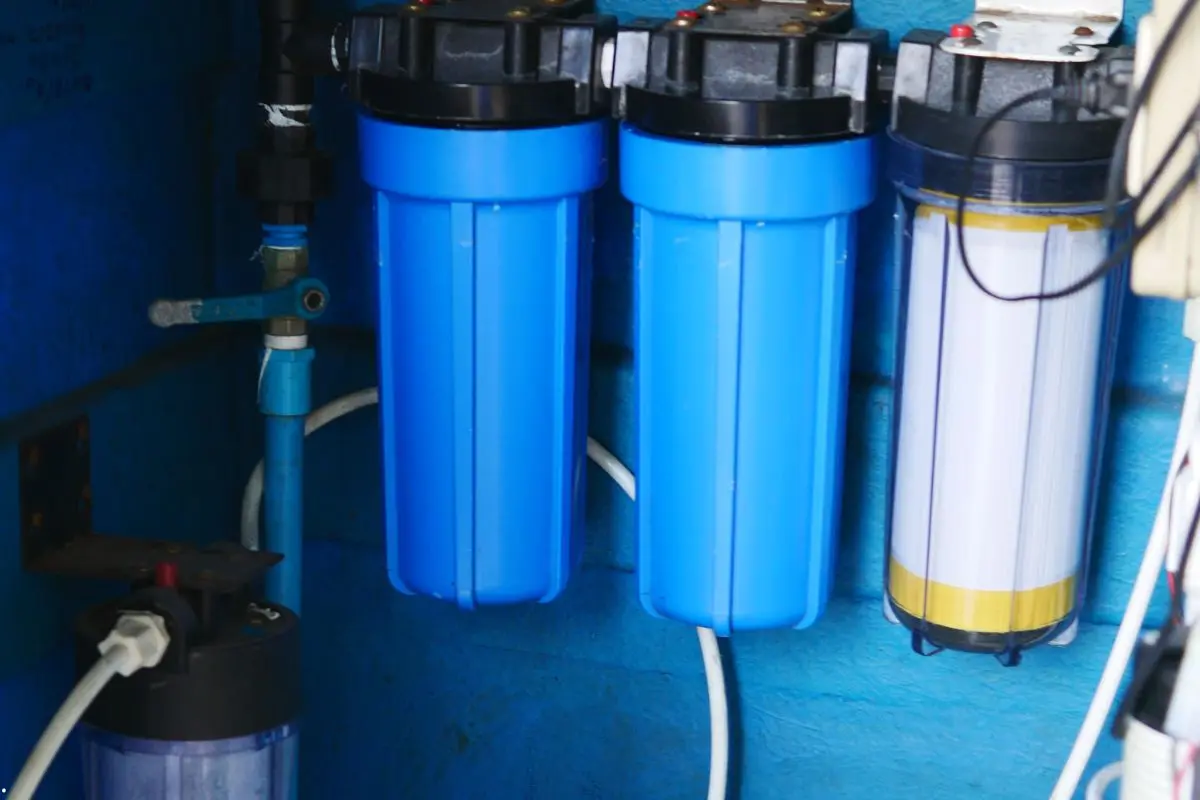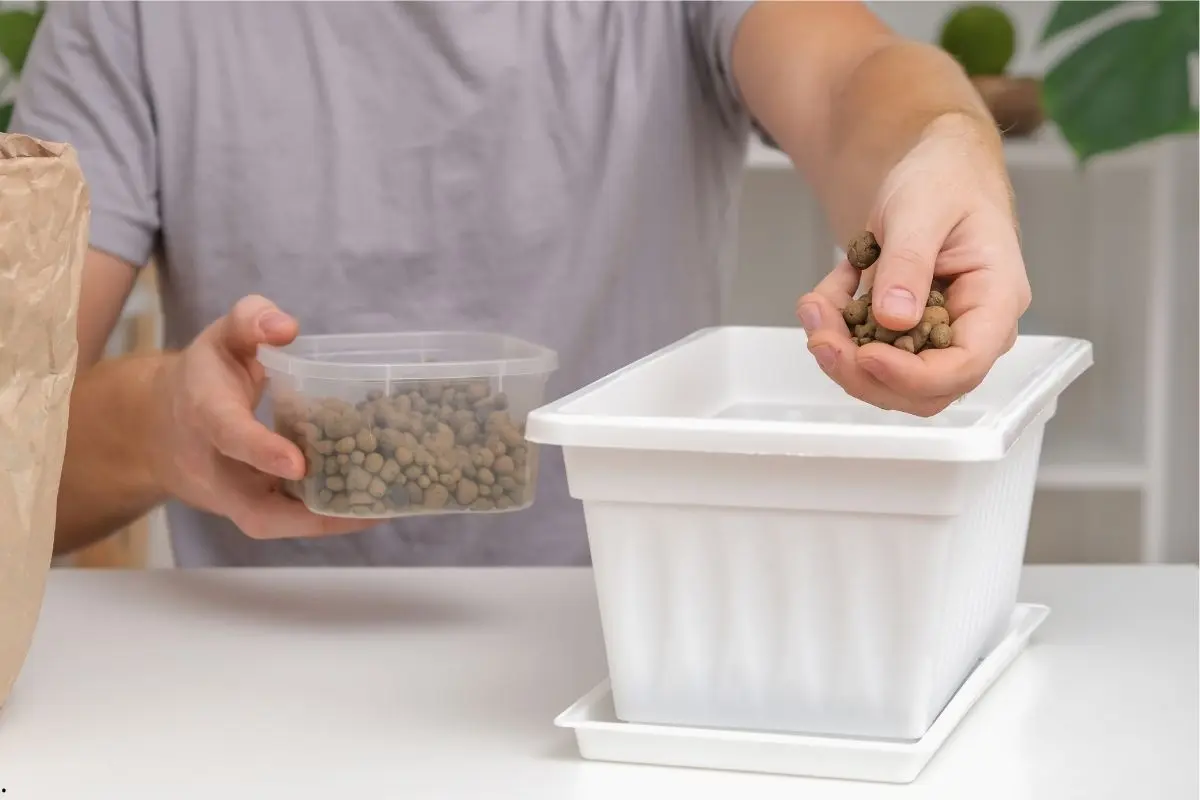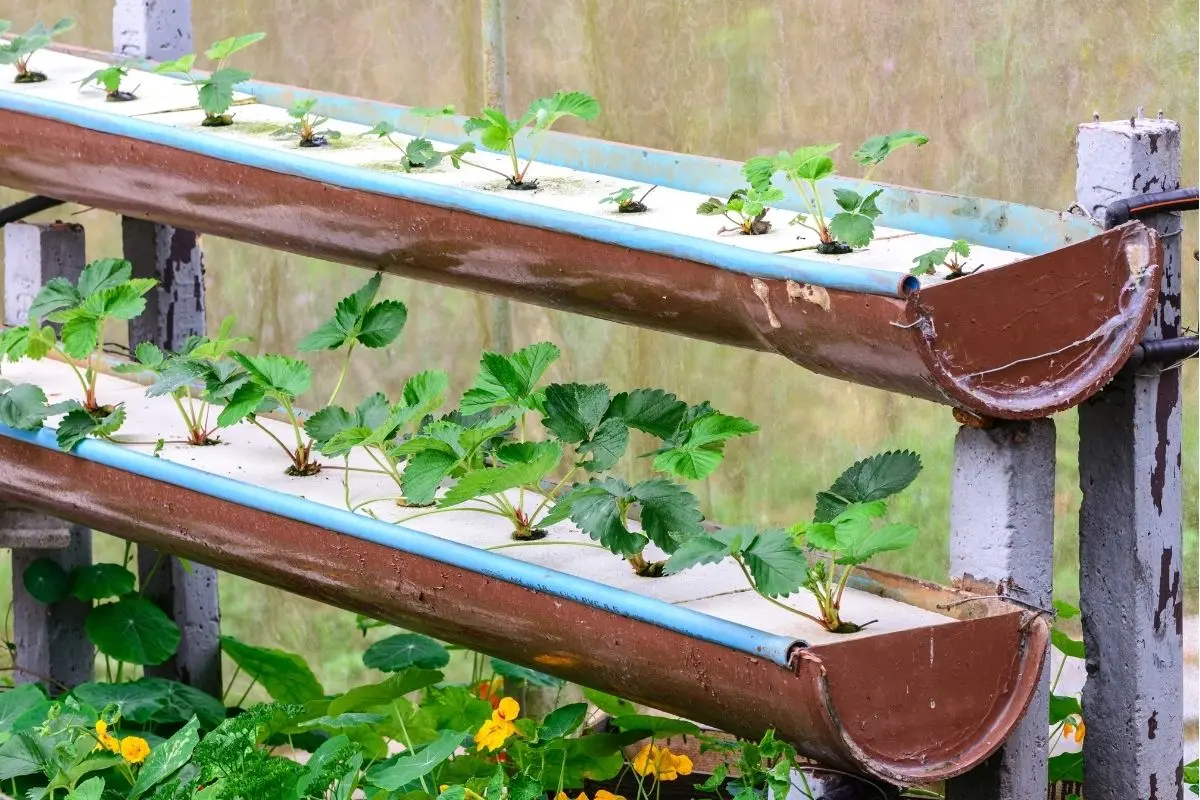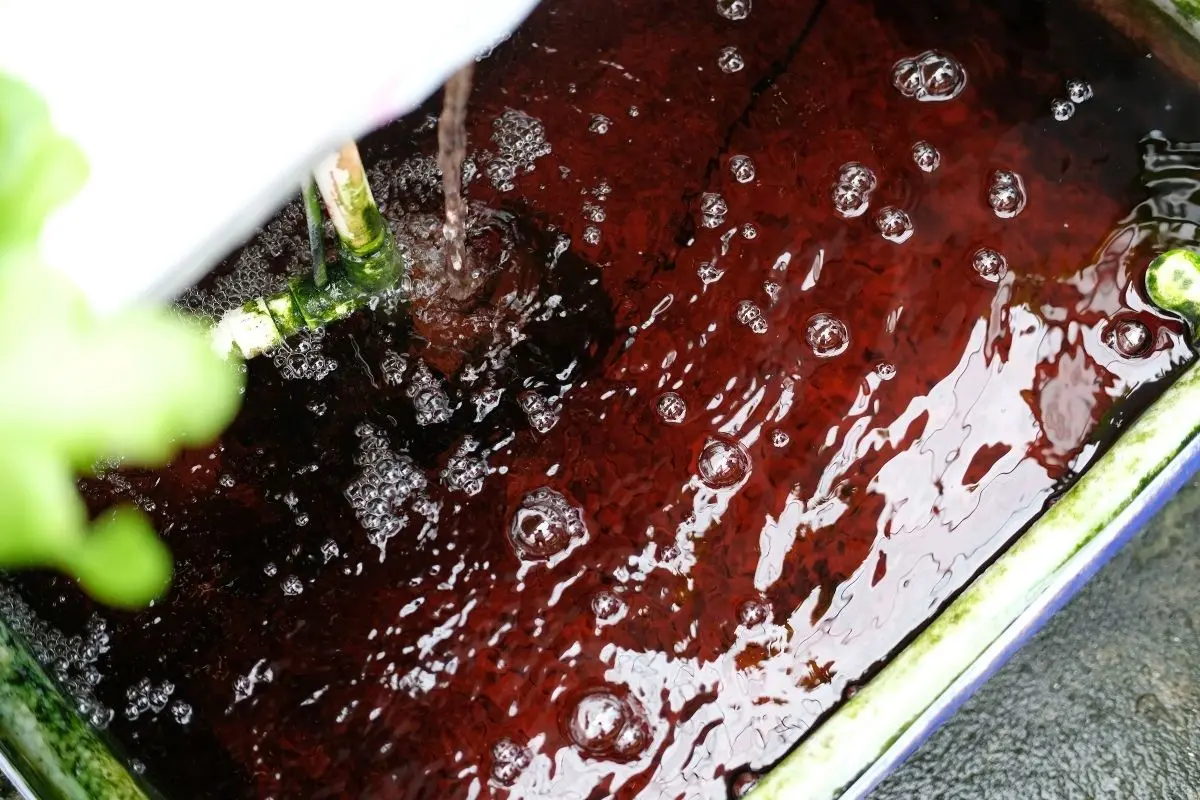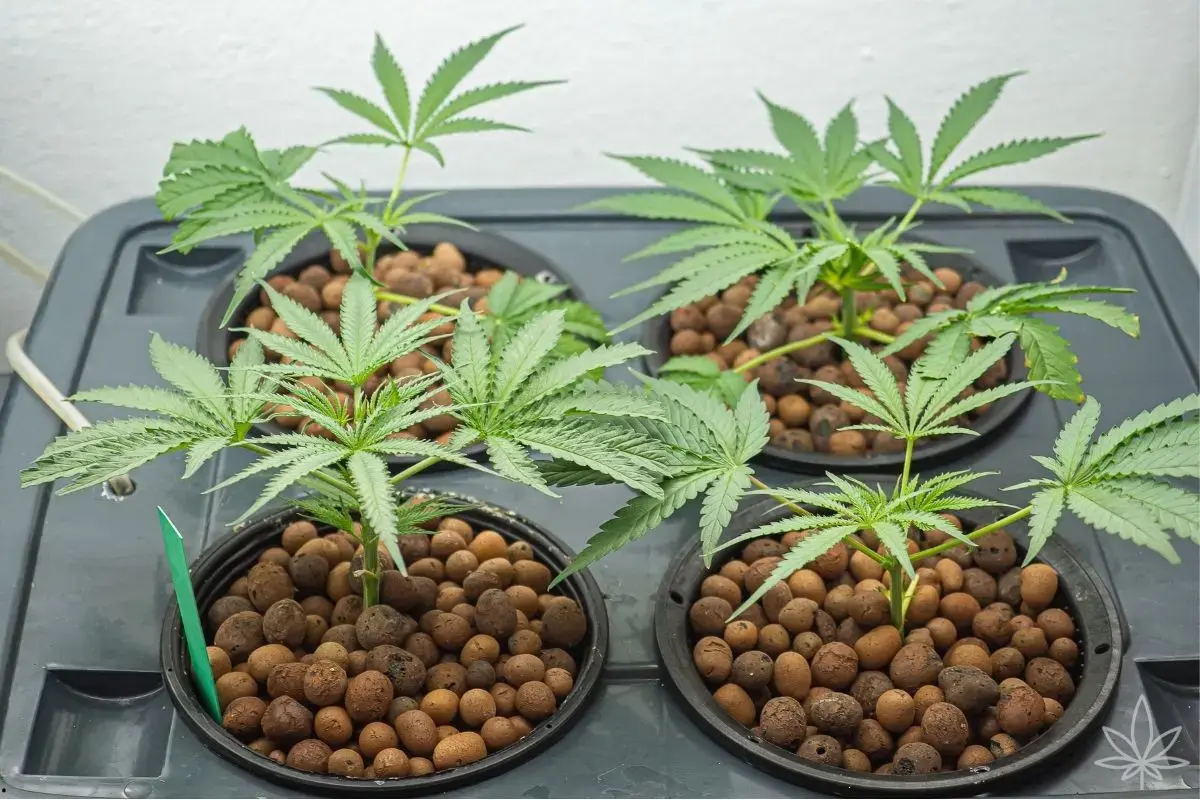In hydroponics, plants receive all essential nutrients directly from the water solution. This means that water quality directly determines root health and plant growth. If the solution becomes contaminated – with sediment, microorganisms, heavy metals, or leftover fertilizers – the entire crop can quickly show signs of stress. That’s why water filtration is not a luxury, but a fundamental requirement for a stable hydroponic system.
Why Is Clean Water So Important?
- Prevents clogging – sediment and biofilm in pumps or pipes can cause blockages and system failures.
- Protects roots – bacteria and fungi thrive in dirty or stagnant water.
- Stabilizes pH and EC – contaminants can shift levels, making nutrient control inconsistent.
- Ensures better nutrient uptake – clean water means plants get exactly what you add, not an unpredictable mix of unwanted compounds.
Types of Water Filtration in Hydroponics
- Mechanical filtration – removes larger particles (sand, debris, dust). Cheap and simple, but doesn’t eliminate microbes or chemicals.
- Carbon filters – absorb chlorine, pesticides, and odors. Very common for treating tap water.
- UV filters – use ultraviolet light to kill bacteria and fungi. Excellent as an add-on to other methods.
- Reverse osmosis (RO) – the most advanced method, removing nearly all contaminants (heavy metals, salts, bacteria). Produces almost zero-EC water, allowing precise nutrient control.
Practical Tips
- If using tap water, a carbon filter is essential to remove chlorine, which is harmful to roots.
- In larger systems, combine mechanical + UV filtration to reduce the risk of pathogens.
- Reverse osmosis is best in areas with hard water, giving you total control over nutrient composition.
- Always replace filters on time – a worn filter can become a breeding ground for microbes.
- Keep a backup filter ready – during critical growth phases (e.g., flowering), system downtime can be costly.
Table – Comparison of Filtration Methods
| Filter Type | Removes | Advantages | Disadvantages |
|---|---|---|---|
| Mechanical | Sand, debris, large particles | Cheap, simple, easy to install | Doesn’t remove chemicals or microbes |
| Carbon | Chlorine, pesticides, odors | Improves taste/odor, affordable | Needs frequent replacement, doesn’t remove salts |
| UV | Bacteria, fungi | Kills pathogens, fast and effective | Doesn’t remove chemical compounds |
| Reverse Osmosis | Salts, heavy metals, bacteria | Pure water, full EC control | Expensive, slow filtration |
Conclusion
Hydroponics is a precise growing method, and its success depends on clean, stable water. Filtration is not an optional upgrade but a core component of every system. Mechanical and carbon filters are sufficient for smaller setups, while UV and reverse osmosis are better suited for advanced grows.
In short: clean water means healthy roots, and healthy roots mean strong yields. Regular filtration and water quality checks are an investment that always pays off – in lush growth and abundant harvests.

